An introduction to a good neurologist at a Seoul hospital

By Lee Kyung-sik, publisher-chairman of The Korea Post media
When someone asks this writer, “What do you do to live long and stay in good health?”
I say, “See a neurologist!”
This writer did it some decades ago, and is still hale and hearty working eight hours a day, seven days a week—taking a half-day break on the Lunar New Year’s Day and one more half-day off on the Chuseok Mid-autumn Festival Day.
What does he do to enjoy such good health and longevity?
He sees his neurologist regularly, now twice a year since the outbreak of COVID-19 pandemic but before it once in every two months.
When this writer first saw a neurologist, it was at the Soonchunhyang University Hospital in Itaewon, Yongsan, Seoul back some decades ago.
Name of the doctor was Roh Hakjae at the Soonchunhyang Hospital in Seoul. He gave a test, a very simple one but one misses the mark often and few get an “Excellent” grade from his test.
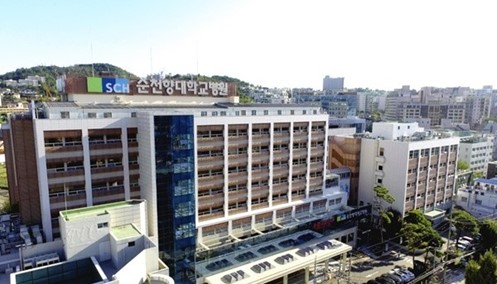
Doctor Roh tells the patient to repeat after him after citing the names of a number of things, such as an animal, name of the day, week, month and the year, etc. He would also name a number of flowers, animals and other things common. After this comes the conversation touching on other topics, and then suddenly he asks the client to try to remember and re-cite the words he has told the patient to speak after him. This writer gave him correct answers at the rate of five ‘correct’ and two ‘wrong.’
This process of ‘interview’ with Dr. Roh, yes as it was told afore, used to once in every other month, but since the outbreak of COVID-19 the frequency was decreased to once in every six months.
What did Dr. Roh do by this?
He makes his patients live long, and this writer believes that at least Dr. Roh did it to him.
The prescription he gave this writer to live hale and hearty until and after 92 years was as follows:
Aricept tablets, Lipitor, Plavitor and Stillen plus a lot exercise and use of body and mind.
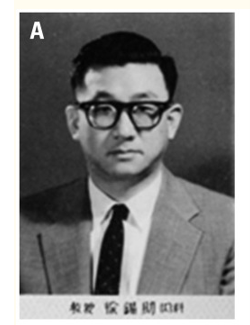
People in their early 90s have all kinds ailments, including high blood pressure, diabetes, osteoarthritis and various other forms of cardiovascular and other multiple chronic diseases.
From this writer’s experience, it is very important to find a right doctor and for the doctor to give the correct diagnosis.
Here is an introduction to the Soonchunhyang University Medical Center and various other hospitals of Soonchunhyang:
It was established in 1978 by founder Dr. Suh Succ-Jo based on the philosophy of Soon-Chun-Hyang of love for humanity and love of patients to create a home village for healing art following God’s will under the calling of “improvement in national health” and the motto of “sincerity,” “service,” and “research” in the 1970s when the medical standards of Korea were relatively poor.

Founder Dr. Suh Succ-Jo (1921-1999), was a leader who laid the foundation for the development of neuroscience in Korea and one of the most representative medical service providers.
He graduated in 1946 from the School of Medicine, Kyoto Prefectural University in Japan and served as a medical doctor at the Department of Internal Medicine, College of Medicine, Seoul National University until 1949.
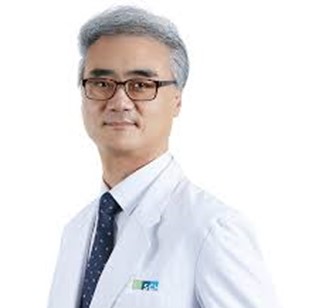
After completing an internship at the Department of Internal Medicine, College of Medicine, Cornell University and a residency program in Neurological Medicine at the Bellevue Hospital in New York, he worked at the College of Medicine, Yonsei University, the College of Medicine, Catholic University, Korea Hospital, and Paik Hospital. After that, he established Soon Chun Hyang Hospital in Hannam-dong, Yongsan-gu, Seoul in 1974.
Since then, Soonchunhyang has made great strides including Education Foundation Dong-Eun Academy and Soonchunhyang College of Medicine with the Department of Medicine and the Department of Nursing Science in 1978, four years after the opening of current Soonchunhyang University Hospital Seoul.
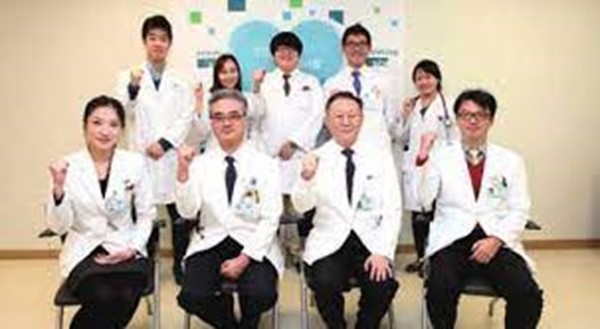
Wikipedia also offers an adequate measure of introduction:
Soonchunhyang University Hospital is a system of four hospitals in South Korea. It has facilities in Seoul, Bucheon, Cheonan, and Gumi. The medical center currently operates over 3,000 beds in total. All four hospitals are affiliated with Soonchunhyang University and serve as educational institutions for students of Soonchunhyang University College of Medicine.
Soonchunhyang means "a hometown where the will of heaven unfolds through human love" in Korean.
In 2020, Soonchunhyang University Bucheon Hospital and Soonchunhyang University Cheonan Hospital ranked 1st and 2nd in the "Patient Experience Evaluation" conducted by the Health Insurance Review and Assessment Service in South Korea.
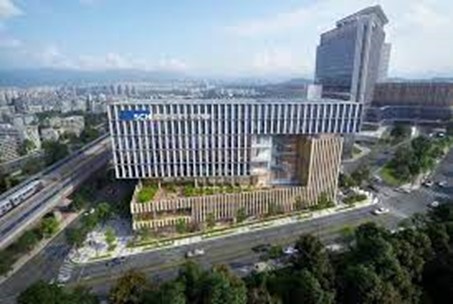
Soonchunhyang Seoul Hospital was founded in 1974 by Suh Succ-Jo, the neurologist who served as the personal physician for President Park Chung-hee and First Lady Yuk Young-soo at that time. Currently the hospital functions as a general hospital with 788 beds in operation.
In 2014, Lee Kun-hee, the chairman of the Samsung Group was successfully transported to the emergency room of Soonchunhyang Seoul Hospital after experiencing acute myocardial infarction, and saved his life.
Soonchunhyang Cheonan Hospital is the senior general hospital located in Cheonan, established in 1982. It is the first modern comprehensive hospital in Chungcheong-do. This hospital possesses the world's only Pesticide Poisoning Research Institute and is constantly researching methods for treating pesticide and cadmium poisoning.
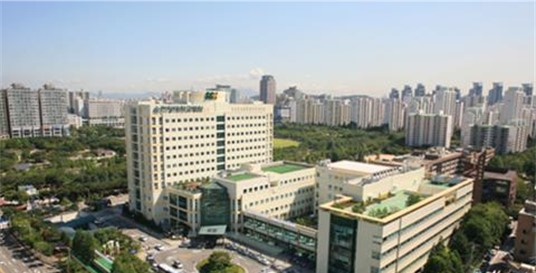
The Soonchunhyang Bucheon Hospital was first opened in 2001. It serves as the senior general hospital, operating 957 beds in total. Bucheon Hospital is utilized as a core clerkship training site for Soonchunhyang University College of Medicine MS3 students.
Soonchunhyang Gumi Hospital was established in 1979 in Gumi Industrial Complex, which is a hub for advanced electronic industries in Korea. They have specialized in occupational medicine and established the Group Industrial Health Research Institute and other related facilities, carrying out specialized medical treatment and research as a specialized hospital in occupational medicine.
About the founder chairman:
According to Yonsei Medical Journal 2015, Dr. Suh Succ-Jo (1921-1999), founder of the Soonchunhayng University Hospital, graduated in 1946 from the School of Medicine, Kyoto Prefectural University in Japan.
Afterward, he returned to Korea and began his career as a medical doctor at the Department of Internal Medicine, College of Medicine, Seoul National University.
Due to his enthusiastic spirit for state-of-the-art medicine, however, he flew to the United States and completed an internship at St. Barnabas Hospital in New Jersey in 1949, a residency program in Thoracic Surgery of the Rockford Niagara Sanatorium in New York in 1950, a residency program in Internal Medicine of the New Jersey City Medical Center in 1952, and finally, a residency program in Neurological Medicine at the Bellevue Hospital of Cornell University in New York in 1953, making him the first Korean neurologist. After his residency training, he began working as an instructor in the Neurology Department of Cornell University in 1954. In January 1955, at the age of 34, he was appointed as an assistant professor in the Department of Internal Medicine, Severance Union Medical College.
Two years later, Dr. Myung Sun Kim, the Dean of Severance Union Medical College, bestowed a position of full professorship and head of the Department of Internal Medicine on Dr. Suh in recognition of his excellent education and practice in patient care.
Dr. Suh organized a clinic-pathological conference for the first time in Korea, where many doctors and professors attended with much interest. During his time at Severance Hospital, he published nine original papers, seven review articles, and four case reports with coworkers.
These works equal more than one third of all his publications. He then moved to Catholic University, where I met him as a student. Since then, I remained a close aide to him until he passed away on December 19, 1999. Therefore, it is my greatest honor and privilege to memorialize him here.
The excellence of his research was continually proven at Catholic University from 1960 to 1964. During his time at Severance Hospital and Catholic University, he published most of his clinical studies on neurologic and endocrinologic diseases, especially on cerebral vascular accidents, Bell's palsy, cerebellar artery occlusion, physical therapy of hemiplegia, goiter, and diabetes.
The excellence of the publications was reflected by the large number of study subjects included therein: 177 thyroid disease cases out of 133359 study subjects, 200 Bell's palsy patients out of 209084 subjects, and 183 diabetics out of 216656 individuals.
These numbers were extremely hard to achieve in the early 1960s. In addition, under circumstances in which even basic laboratory facilities were not available, he undertook the uphill task of pioneering experimental studies using experimental animals.
He proposed and strongly advocated for an independent academic society of neuroscience and a specialized training system for medical neurologists in the early 1960s. On February 25, 1971, he founded the Korean Neurological Society, where he served as the founding president.
At a conference in the autumn of 1962, he introduced the Korean medical term "Nyoejoljeung", meaning brain stroke, for the first time in Korea.
Dr. Suh Succ-Jo
(B) Colleagues from graduation album in 1960, College of Medicine, Yonsei University.
While studying in the US, Dr. Suh had dreamt of establishing hospitals in Korea equivalent to the Mayo Clinic in the United States. The initial realization thereof was the establishment of the Soonchunhyang Hospital in 1974 as the first medical foundation in Korea,9 where he served as a director in the Department of Internal Medicine.
He later founded the Soonchunhyang Medical College in 1978. In 1980, he was inaugurated as the second Chairman of the Board of Trustees at the Educational Foundation of Dong-eun Academy Institute and was committed to the establishment of a distinguished university for about 20 years until he passed away in December 1999.
Even while administering the hospital, he spared no efforts to continue his studies and practice and was recognized as the most famous physician in those days.
He was awarded the Dongbaek National Medal of the Republic of Korea in 1981 for his profound service in the fields of medical education and national health promotion. He always emphasized the importance of "respect for human beings" and "respect for humanity," which have become the mission of Soonchunhyang University.
In his medical practice, he emphasized humility and respect for patients by saying, "It is not a doctor but Heaven that cures diseases. Doctors only serve as an aide to fulfill the good will of God." This spirit is upheld by all members of Soonchunhyang University, Seoul, Bucheon, Cheonan, and Gumi Hospitals.

